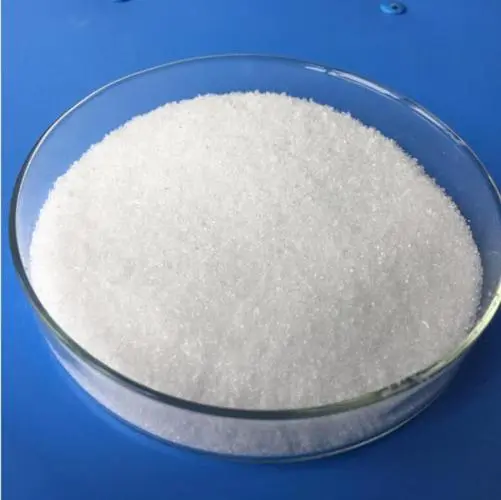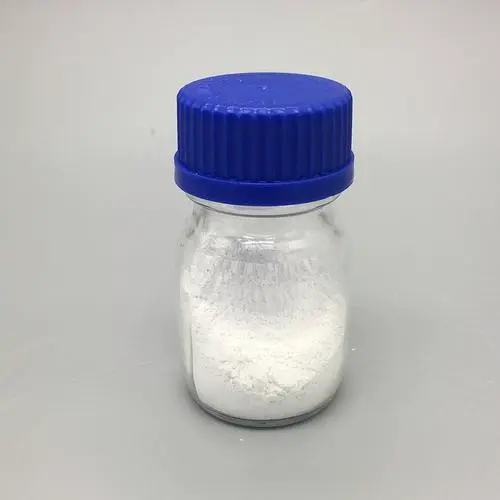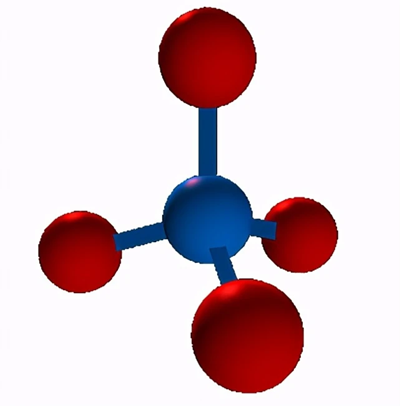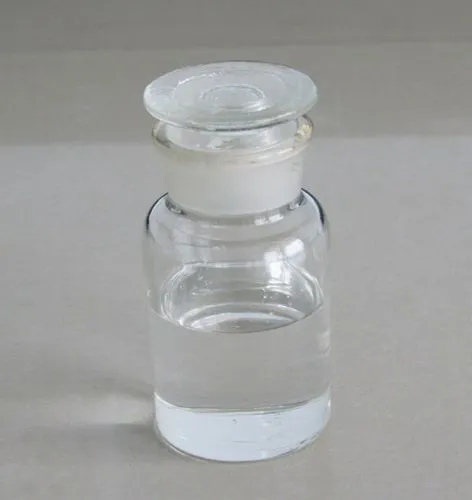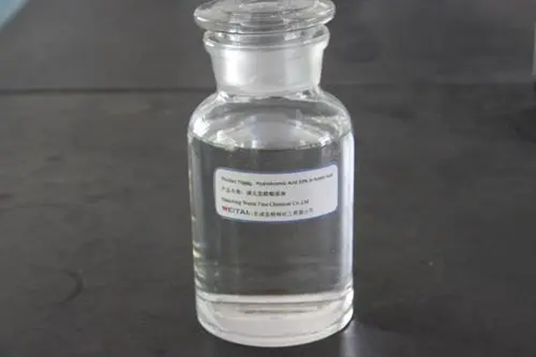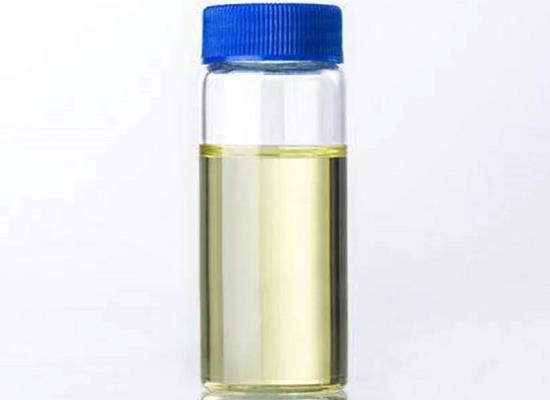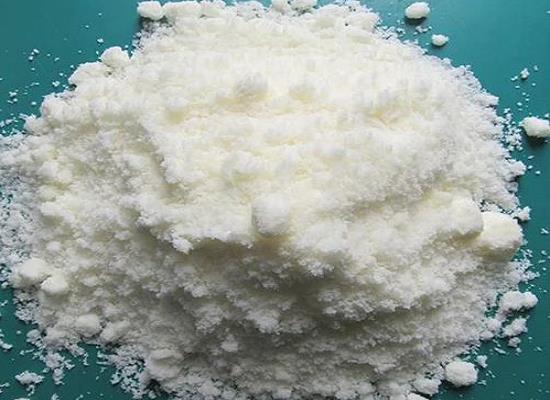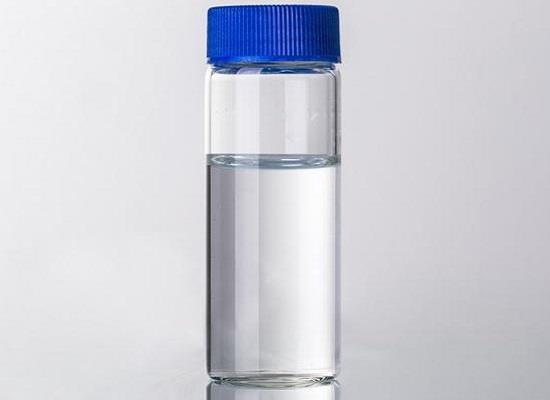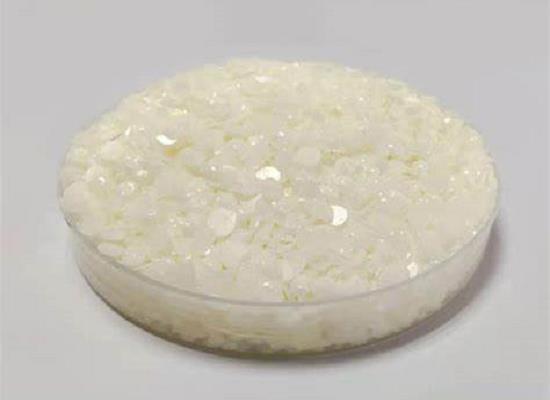Active Pharmaceutical Ingredients (API), popularly speaking, are the raw materials of medicines, only pharmaceutical raw materials are processed into pharmaceutical preparations , can they become medicines available for clinical use, so drugs we usually eat are the finished drugs through processing. Active Pharmaceutical Ingredients based on its sources can be divided into two major categories ,including chemical synthetic drugs and natural chemical drugs. Chemical synthetic drugs can be divided into organic synthetic drugs and inorganic synthetic drugs. Inorganic synthetic drugs are inorganic compounds ( very few is element), such as aluminum hydroxide, magnesium trisilicate which are used for the treatment of gastric and duodenal ulcers ; organic synthetic drugs are mainly composed of drugs made by basic organic chemical raw materials, through a series of organic chemical reactions (such as aspirin, chloramphenicol, caffeine, etc.). Natural chemical drugs ,based on its sources,can be divided into two categories including biochemical drugs and plant chemical drugs. Antibiotics are generally made by the microbial fermentation, which belongs to the biochemistry category. A variety of semi-synthetic antibiotics occurs in recent years,which are biosynthesis and chemical synthesis combining products.Among active Pharmaceutical Ingredients, the organic synthetic drugs varieties, yields and values have the largest proportion,which are the main pillars of the chemical and pharmaceutical industries. The quality of active Pharmaceutical Ingredients decides whether the formulation is good or bad , so its quality standards are very strict ,countries in the world have developed national pharmacopoeia standards and strict quality control methods for its widely used active Pharmaceutical ingredients.
Effect of short-term feeding of sodium acetate on milk fat yield in dairy cows
Supplementation with sodium acetate (NaAcet) increases milk fat production through an apparent stimulation of de novo lipogenesis in the mammary gland.
Dec 19,2023 APIPentadecapeptide BPC 157 and the central nervous system
BPC 157 is a naturally occurring gastric pentadecapeptide that is non-toxic and has far-reaching cytoprotective activity; it has been tested in ulcerative colitis and multiple sclerosis trials.
Dec 19,2023 APIThe synthesis and history of plazomicin
Plazomicin (formerly ACHN 490) is a novel aminoglycoside that has been developed to target multidrug-resistant (MDR) Enterobacteriaceae.
Dec 19,2023 APIIs CH4 a polar or non-polar molecule?
The CH4 molecule is a non-polar molecule because there is no net dipole moment in the molecule.
Dec 19,2023 APIEthyl Acetate Polarity and Application
Ethyl acetate is a moderately polar compound containing a non-polar ethyl group, a polar carbonyl (C=O) group and a polar oxygen atom.
Dec 19,2023 APIAcetic acid polarity and related applied research
Acetic acid is a hydrophilic (polar) solvent commonly used in laboratories, similar to ethanol and water.
Dec 19,2023 APITriphenyl phosphite: synthesis, applications in organic synthesis and safety
Triphenyl phosphite has versatile applications in organic synthesis as a reactant and catalyst but has potential safety hazards that require careful handling and safety protocols.
Dec 19,2023 APIVeratraldehyde: synthesis and applications in organic synthesis
Veratraldehyde is synthesized by the oxidation of vanillin using potassium dichromate and Lewis acids under solid phase conditions, serving as a catalyst and precursor for important chemicals.
Dec 19,2023 APITetrahydropyran: properties, applications and safety
Tetrahydropyran is a versatile pharmaceutical intermediate with applications in the synthesis of bioactive molecules, despite being flammable and potentially hazardous.
Dec 19,2023 API4,4'-Methylenedianiline: properties, applications and body burden
4,4'-Methylenedianiline is a chemical used in various industries, but restricted due to carcinogenic properties. Studies show decreased levels over time and insight into elimination and accumulation.
Dec 19,2023 API



